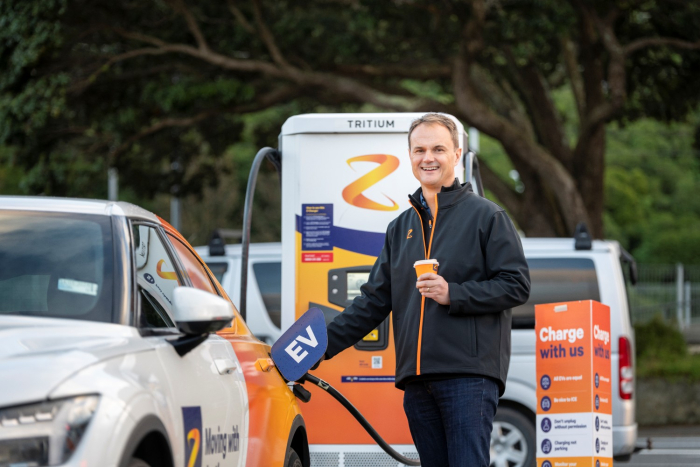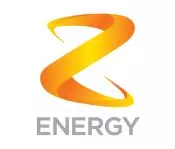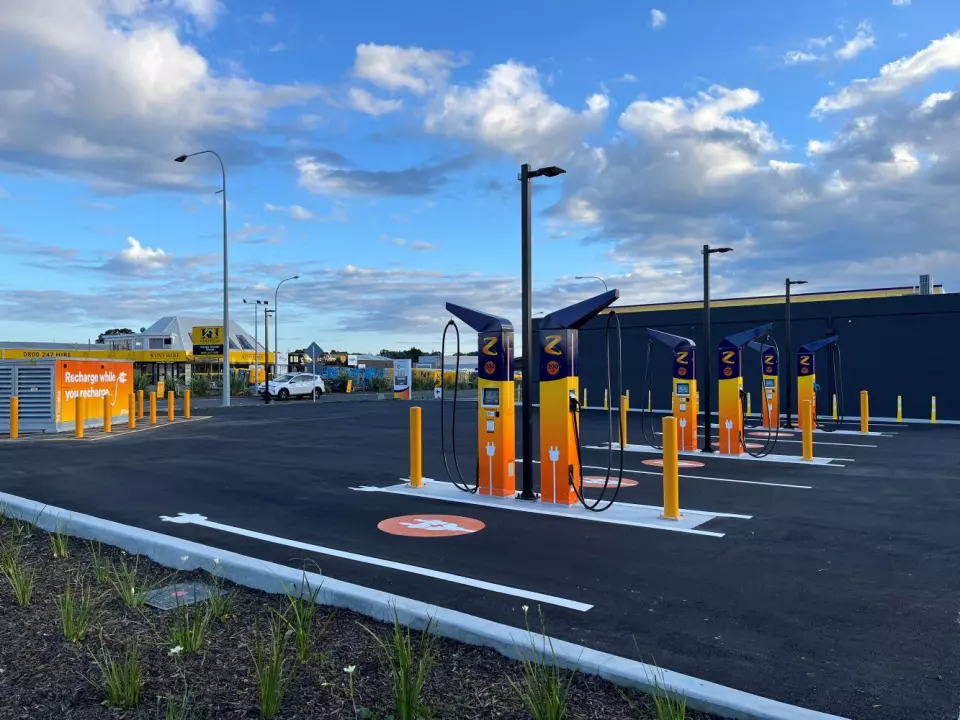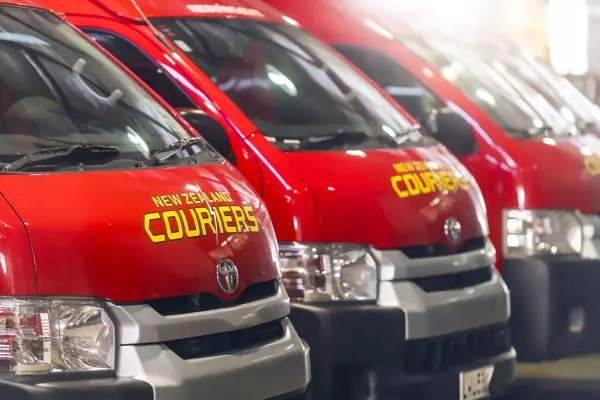Z Energy aims to support easing adoption bottlenecks by targeting the distinct needs of habitual and journey EV drivers.
New Zealand’s goal to electrify transport at scale will take much more than installing more chargers.
Z’s chief executive Lindis Jones says EV charging is not a one-size-fits-all exercise, and without the right infrastructure in the right places, the country risks bottlenecks that slow adoption, stifle regional growth and leave too many drivers behind.
Z’s public EV charging strategy focuses on two key customer needs: a national charging network designed to cater to both daily urban commuters – the “habitual” users – and long-haul travellers, or “journey” users.
That plan has the potential to gain added momentum from the Government’s recent launch of a co-financing scheme to support the rollout of public EV charging infrastructure. Jones says Z has pushed for such a model and welcomes the announcement. The company sees electrification of the light vehicle fleet as critical to reducing transport emissions and is working to build a public EV charging network that is accessible, convenient and reliable.
“We think we can play a role in building a network of public EV chargers such that people have confidence when they're out and about that they can get their vehicles charged. We know from evidence overseas that building accessible charging infrastructure is one of the biggest constraints to the adoption of electric vehicles.”
Jones says the independent trans-Tasman Ampol Group – of which Z is a member – has significant experience in both the New Zealand and Australian markets in deploying a high-quality network of on-the-go fast charging.
“Currently, our [EV public charging] network reaches from Taipa in the far north to Mosgiel in the south, with 193 charging bays across 57 sites. That's quite a spread, and it's deliberately targeted at EV drivers on longer journeys or away from home,” says Jones.
 Z Energy Chief Executive Lindis Jones
Z Energy Chief Executive Lindis Jones
“We’re also working to bring Z charging sites to other locations – where I want to do my shopping and charge my vehicle, or if I’m a taxi driver heading to the airport. We have to build the network at the locations that work for customers.”
This is particularly important for apartment residents and others without private parking, who rely on chargers woven into their daily routines. Jones says overseas experience shows charging must be fast, reliable and simple for consumers.
In addition to supporting New Zealand's electrification goals, Jones points out public EV charging can bring potential economic benefits such as retail spending. EECA research shows that EV drivers typically stop to charge for between 20-60 minutes, and 79% of EV drivers seek food and drink while charging.
However, policymakers must act to remove barriers for providers so they can be confident investing in and delivering public charging.
“From what we’ve seen overseas, the first priority is being able to connect EV charging equipment at a site that is most valuable for consumers,” says Jones.
“Location is critical and in many places, there might not be the capacity in the grid or it requires a significant upgrade. That's really challenging for distribution companies on top of all the other work they do. We're also up against the skills shortage because we’re dealing with specialised equipment and that requires highly skilled people.
“The next question is, how do the distribution companies manage the cost of enabling high-capacity charging infrastructure? For example, there are sites where we could put in twice as many chargers as there are now, but meeting the required capacity would demand significant upgrades to the electricity network – both at the site and in the surrounding area. These upgrades can cost several millions of dollars and it’s not yet clear how this cost should be fairly allocated.”
However, Lindis says, the upgrades create a real amenity for motorists who drive past, and who pays for enabling that benefit is still an open question. “At the moment it has to be addressed 29 different ways by 29 distribution authorities,” he says.
We’re running out of road to address these issues, he says. “We've invested a significant amount [in public EV charging infrastructure] over the last few years. Currently, we’re broadly where we need to be in terms of charging infrastructure for the number of EVs on the road – but that’s only because EVs still represent less than 2% of New Zealand’s vehicle fleet.”
As EV adoption increases, New Zealand will need to invest billions of dollars in infrastructure to support the growing uptake – and that’s just for the light vehicle transition, before we tackle heavy vehicles.






